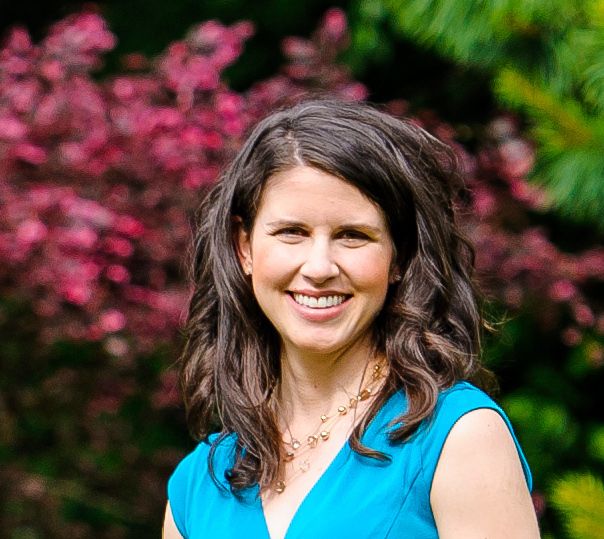1,250 reads
Programmer’s Pyramid: Take Your Programming To The Next Level
by
April 5th, 2021

Author of Problem-Solving for Beginner Programmers Using Python: https://a.co/d/btCXGHW
About Author
Author of Problem-Solving for Beginner Programmers Using Python: https://a.co/d/btCXGHW
Comments
TOPICS
Related Stories
10 Best Web Dev Tools of 2021
Dec 26, 2021
10 Best Web Dev Tools of 2021
Dec 26, 2021